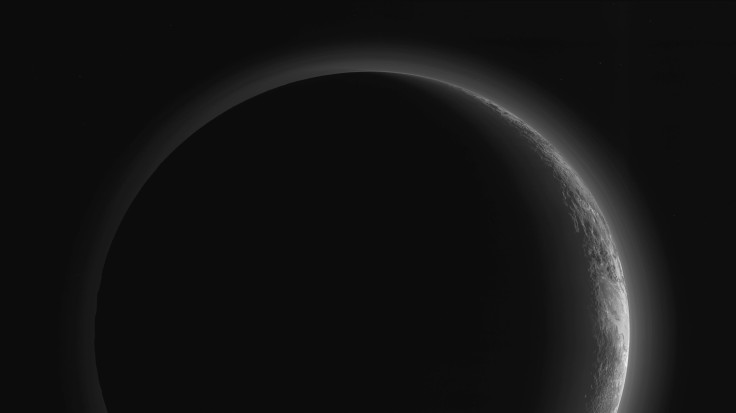2014 UZ224 May Soon Become Smallest Dwarf Planet In The Solar System

Astronomers have identified a new dwarf planet candidate in our solar system — one that lies over 8 billion miles from the sun. The object, 2014 UZ224, is roughly 330 miles in diameter and takes 1,100 Earth years to complete a single orbit.
For comparison, Pluto has a diameter of roughly 1,430 miles and an orbital period of 248 Earth years. If the International Astronomical Union (IAU) decides to add 2014 UZ224 to its official list, it would be the smallest object to be designated a dwarf planet.
“2014 UZ224 is the third-furthest known object of significant size from the Sun while still a member of the Solar System,” Manfred Cuntz, an astrophysicist at University of Texas at Arlington, told the Christian Science Monitor. “Understanding objects beyond planet Neptune, thus located at the outskirts of the Solar System, provides important clues about the origin and formation process of the solar system, including processes taking place thereafter.”
A dwarf planet, as defined by the International Astronomical Union, is a body that orbits the sun, is nearly round, and has enough mass to have cleared its orbit. Although there may be hundreds of dwarf planets in the dark and frozen regions of the Kuiper Belt beyond Neptune and the asteroid belt between Mars and Jupiter, scientists have so far officially identified five — Ceres, Pluto, Eris, Makemake and Haumea.
2014 UZ224 was discovered using an instrument called the Dark Energy Camera, which was originally built to map distant galaxies. A team led by physicist David Gerdes from the University of Michigan used a software to detect the object moving slightly in relation to the more distant background objects.
Although the discovery of a new potential dwarf planet is exciting news, astronomers are hunting for a much bigger quarry — the fabled “Planet X,” which, if it exists, is likely to be several times more massive than Earth and is locked in an extremely elliptical orbit around the sun.
“Objects found far beyond Neptune hold the key to unlocking our Solar System's origins and evolution,” Scott Sheppard from the Carnegie Institution for Science, who co-authored a recent study detailing observations of trans-Neptunian objects, said in a statement in August. “Though we believe there are thousands of these small objects, we haven't found very many of them yet, because they are so far away. The smaller objects can lead us to the much bigger planet we think exists out there. The more we discover, the better we will be able to understand what is going on in the outer Solar System.”
© Copyright IBTimes 2024. All rights reserved.





















